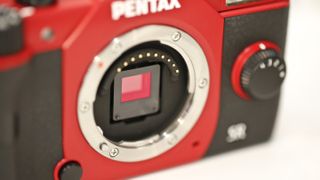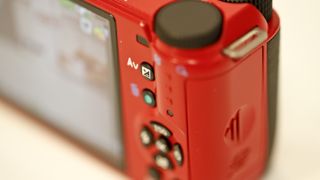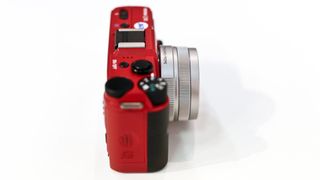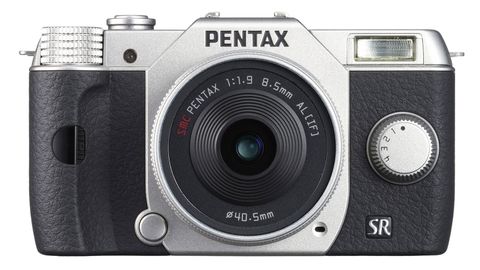Why you can trust TechRadar
Unlike the previous Pentax Q model, high quality plastics have been used for much of the construction of the Pentax Q10's body, rather than magnesium alloy. Even so, it feels very solidly put together, and soft rubberised grips help to provide a firm grip.
The only weak point in the design is the articulated arm that raises the flash, although it should still be sturdy enough to give many years of service, if treated with care.

No sealing against dust or moisture is provided, although Pentax has equipped the compact system camera with a supersonic dust filter, which aims to shake dust particles from the sensor surface to prevent images being spoiled by particles accumulating in the optical path.
A dial on top of the camera provides you with access to creative manual exposure modes (P, A, S and M), as well as automatic exposure programs and the Bokeh control feature.

Video recording is also accessed via this dial, since there's no dedicated video recording button provided. Those who dip in and out of video recording may find this design a little frustrating when compared to some other cameras.
Another dial is provided for controlling other features such as exposure compensation, and for quick navigation of some menu items.

Because the camera is very small in stature, and the rear is dominated by a large 3-inch LCD screen, there isn't much space left for the controls on the rear.
Although the controls are well raised from the surface of the camera body, those with less than dainty digits may find it difficult to avoid pressing more than one button at once without exercising a little extra care.


